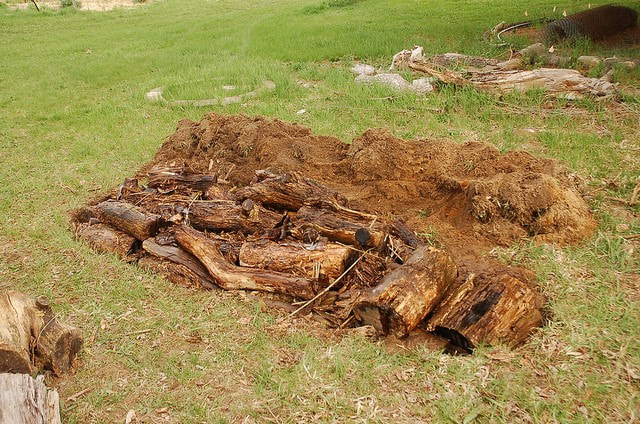|
One of the exciting things about organic growing is that you can do it just about anywhere. With the right preparation and basic materials, almost any site can be turned into a productive food growing area. Whether you are working in your own garden, or have found a potential site to turn into a community garden, here are three different approaches that you can take to creating your new organic growing areas: Creating 'Lasagna' Beds One of the easiest ways to create a new organic growing area on an area of soil or lawn is to build a 'lasagna' bed. Like a lasagna, these new growing areas are built up layer by layer. You should begin by covering the soil with a thick layer of cardboard. This cardboard will reduce weeds or grass popping up in your bed, but will decompose over time. On top of this cardboard, you will add layers of brown (carbon rich) and green (nitrogen rich) materials, just as you would in a compost heap. These layers will decompose in place. You then simply need to add a top layer of compost/ topsoil to give you something into which to place seedlings or sow seeds. Creating Hügelkultur Growing Areas A second option to create new organic growing areas is to use the methods of a form of garden bed design known as 'hügelkultur', or 'mound culture'. This age-old method has been used for centuries in certain parts of Europe. To create your own 'mound' for organic growing, begin with a pile of wood (ideally already partially rotted). Cover this mound of wood with smaller twigs and other organic material, including plenty of nitrogen rich materials such as grass clippings. (The wood will take nitrogen from the surrounding area as it biodegrades.). Cover the mound with soil/compost and plant it up as you would any other growing area. A benefit of these mounds is that they are excellent at retaining moisture and provide a nutrient rich growing environment. Creating Raised Beds Sometimes, you may be creating a growing area on a patio, above concrete or other hardstanding. In such cases, raised beds are usually the solution. Raised beds can also be easier on the gardener, so are an excellent choice if you have mobility challenges. You can save on materials costs for raised beds by filling them in the same way as for a lasagna bed, described above. There only remains the question of how to form the sides of your raised bed structure. There are plenty of options. The best idea is to make use of any materials you already have to hand. You may have logs from land clearance, for example, or stones from a patch of ground you have cleared. Natural materials such as these are perfect for building up the sides of new growing areas. You could also use reclaimed bricks, concrete, scrap wood or other building materials, or even household waste such as glass bottles, which can be formed into walls using clay.
Use your skills and ingenuity and you will find that it can cost next to nothing to form your new organic growing areas.
0 Comments
Leave a Reply. |
GROW ORGANIC!
|
|





 RSS Feed
RSS Feed




